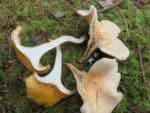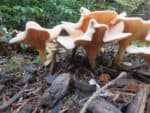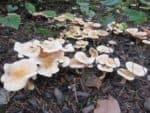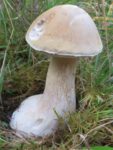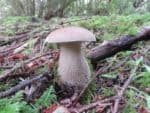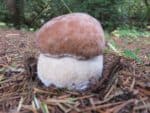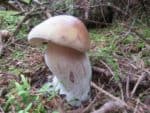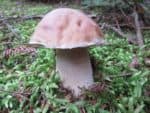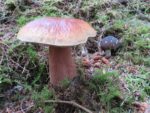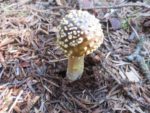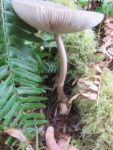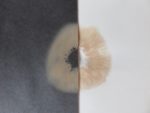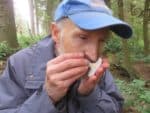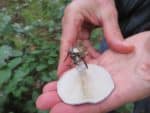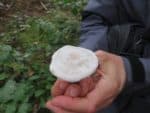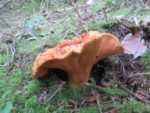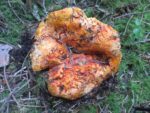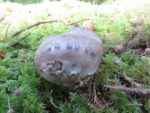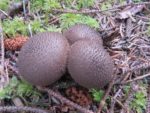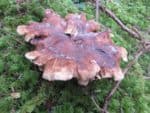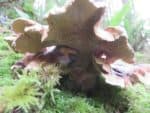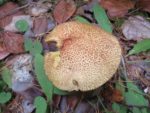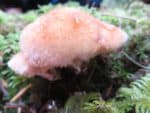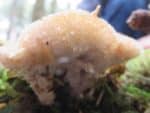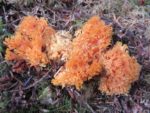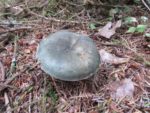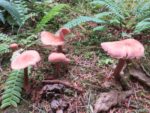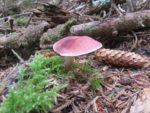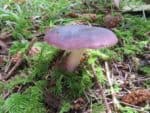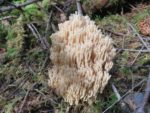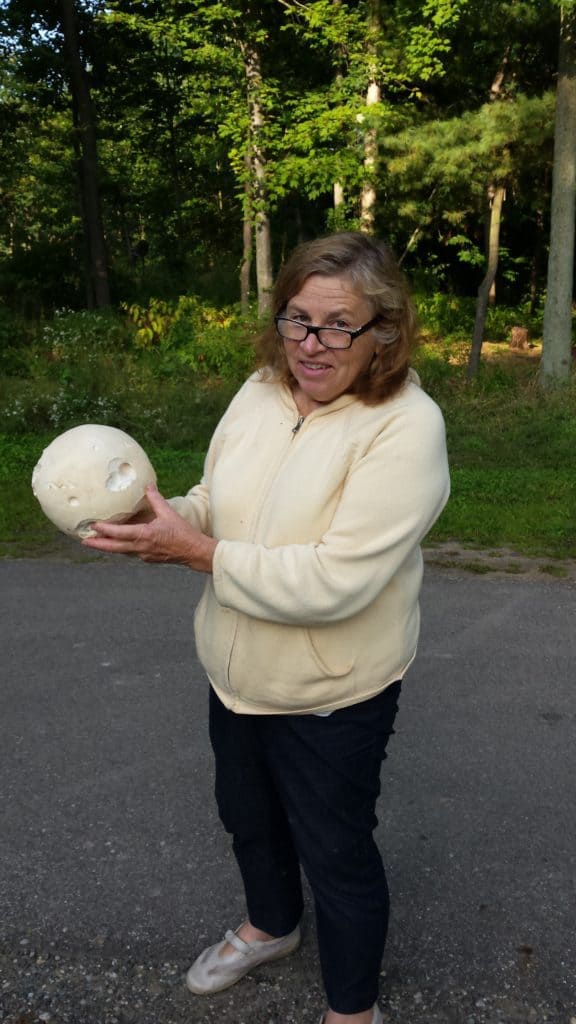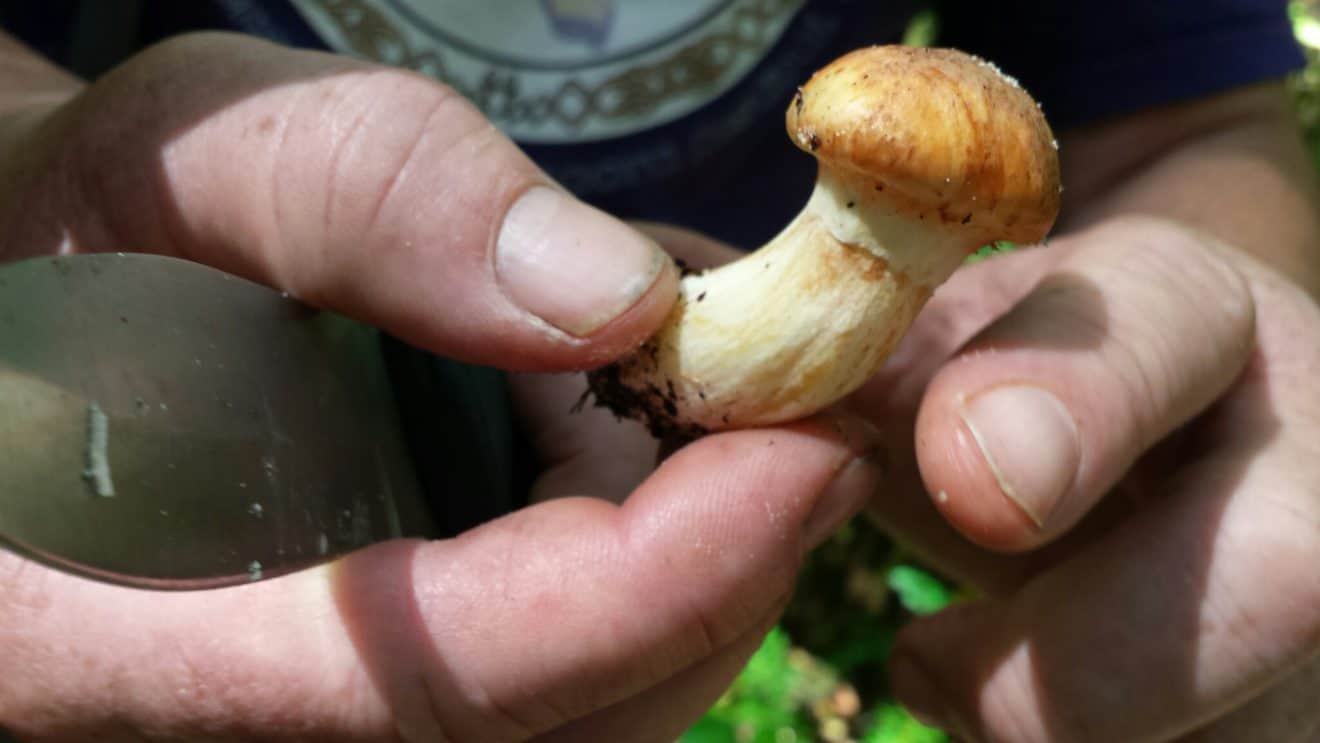Weekly Finds: Friday 9/30/2016
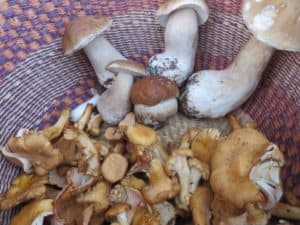
I just looked at the 10 day forecast for Eugene and it is looking great for rain. So, I am going to predict it is time to start our Weekly Finds series that our Webmaster Heather Sielicki has made so popular. Let’s just hope the rain consistent for a while. If it does there should be lots of Mushrooms for the Mount Pisgah Mushroom Festival on Sunday, October 30th. It is always fun to got out looking for edibles. But, my husband and I have found the more we learn about Mushrooms – by being a member of CMS – the more time we spend just photographing them and enjoying their beauty. Our trip to the coast yesterday was no exception. Yes, we did bring home some Chanterelles that we cooked up last night and some beautiful King Boletes that are currently in the dehydrator and filling our home with their aroma. But, we also spent a lot of time just photographic mushrooms.
Here is what we found: The False Chanterelles (Hygrophoropsis aurantiaca) are out in force again this year. When we first started mushroom hunting in Oregon about 8 years ago we did not understand the big deal about this mushroom. We kept on hearing about it but rarely saw it until last year. We now see a lot of them in the early fall season. And, it can definitely fool you. I bent down quite a few times to realize that the Chanterelle I had my eye on was a False Chanterelle. Luckily, there is one sure-fire way to know the difference. Pictured below is a sea of False Chanterelles we found in one spot. They were quite lovely. Also pictured is a False Chanterelle side-by-side with a real Chanterelle, in this case, Cantharellus formosus. One picture depicts both the Chanterelle and False Chanterelle torn down the middle. The real Chanterelle is “meaty”; it will always look like baked white chicken breast meat when you tear it down the middle. By comparison, the False Chanterelle has a stem that is normally a lot slimmer and is pithy inside.
We also found some beautiful King Boletes. There was one that was a little older with a few worms, so we left it to spread its spores. The rest were in perfect shape. These are always fun to find, photograph, and eat!
We also saw a few Amanitas. No Fly Amanitas yet (red with white spots). But, we did see a non-edible Amanita franchetii and an edible Amanita vaginata, commonly called a Grisette. Even though the Grisettes are easily recognizable by their long narrow stem and striations on their cap, we do not harvest them to eat. Like most CMS members, we have concluded that there are way too many choice edibles in Oregon to bother with any in the Amanita genus.
- Amanita franchettii
- Amanita vaginata
The last mushroom I will mention before just posting the rest of the pictures is a Clitopilus prunulus. My husband, Ron, has been reading about this one lately, so he specifically wanted to find it. It is an edible mushroom that you do not hear much about. Probably, because it is a non-descript gilled white mushroom that can be easily confused with non-edible poisonous mushrooms. Ron wanted to find it because of its common name, the bread dough mushroom. Being of German decent, he loves bread and the smell of it. And, this one does smell like raw bread dough. We brought it home, checked the keys, and did a spore print. Everything matched up. But, for now, we are just happy smelling it.
- Clitopilus prunulus Spore Print
- The smell of Bread Dough
- Clitopilus prunulus
- Clitopilus prunulus
Now, for the grand finale! Just pictures. Some have been identified to genus or genus and species. Just hover your cursor over the pictures to see the captions. Or, click on the picture to see a larger image and the full caption.
- Edible – Lobster (Hypomyces lactifluorum)
- Edible – Lobster (Hypomyces lactifluorum)
- Pretty orange mushroom
- Edible, but not tasty – Catathelasma ventricosum in button stage – These get huge!
- Puffballs – not sure of species or edibility
- Toothed mushroom, possibly a Phellodon tomentosus
- Toothed mushroom, possibly a Phellodon tomentosus
- Edible – Suillus lakei
- Pretty fuzzy mushroom growing on wood
- Underside of pretty fuzzy mushroom
- Coral Mushroom – Genus Ramaria
- Russula elaeodes
- Edible – Laccaria laccata, fry and substitute for bacon bits
- Plums and Custard (Tricholomopsis rutilan)
- Edible & tasty – Shrimp mushroom (Russula xerampieina)
- Coral Mushroom – Genus Ramaria

